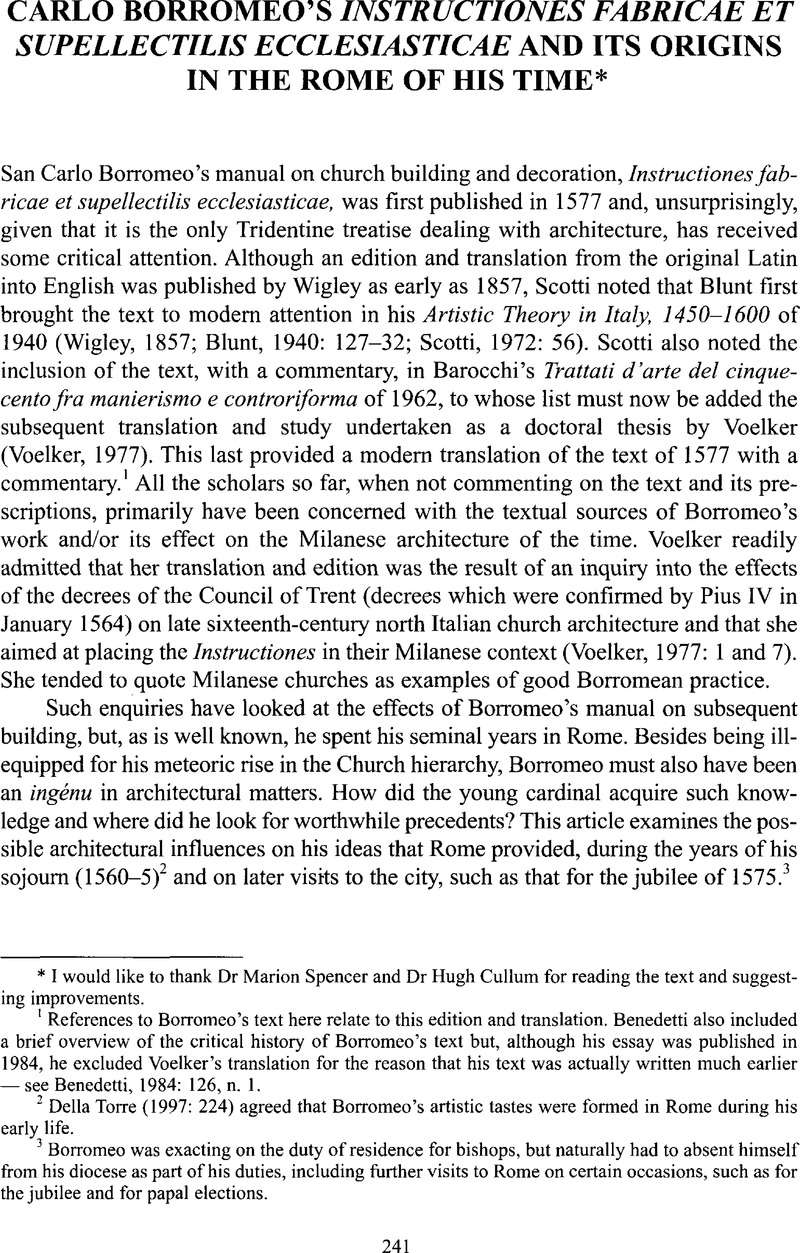Crossref Citations
This article has been cited by the following publications. This list is generated based on data provided by Crossref.
Skelton, Kimberley
2024.
Sensory Discipline and Habit in Early Modern Education: The Italian Schools of Christian Doctrine.
History of Education,
Vol. 53,
Issue. 1,
p.
1.
Reeves, Joshua
and
Stoneman, Ethan
2024.
From the Confessional Booth to Digital Enclosures: Absolution as Cultural Technique.
Theory, Culture & Society,
Vol. 41,
Issue. 4,
p.
57.



